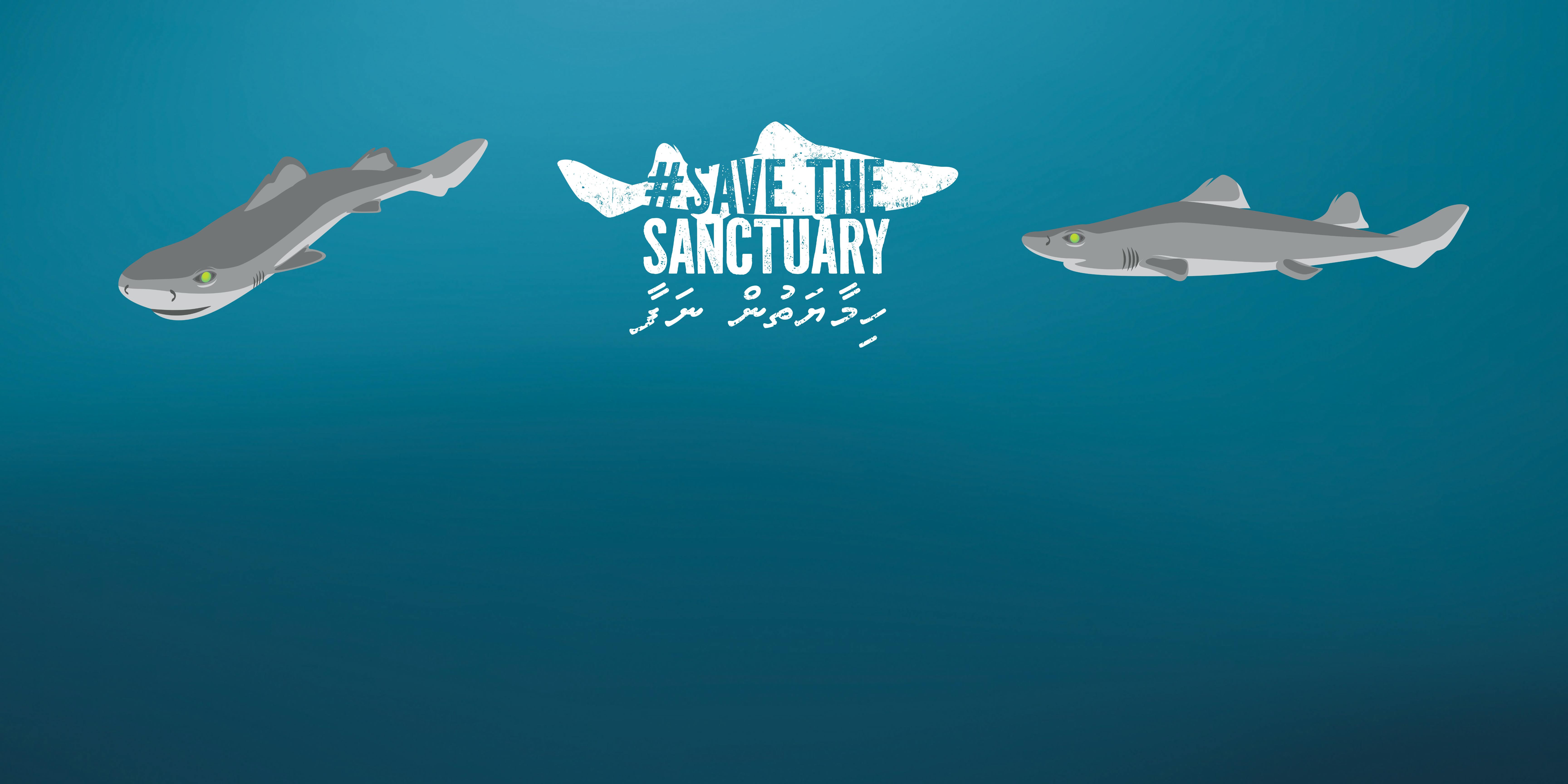Mountains, canyons, plains — these geological features are not only present on land, but also under the sea, where scientists have now charted them in incredible detail in the ocean surrounding Antarctica. The five-year project mapped 18.5 million square miles, and even revealed a new deepest point in the Southern Ocean, a depression lying 7,432 meters (24,383 feet) below sea level called the Factorian Deep. This study and others like it around the world are filling major scientific gaps in our understanding of what the ocean floor looks like, a key part of knowing how to foster ocean health. More mapping also enables us to make an even stronger science-backed case for marine protected areas. If you want to turn this positive progress into action, you can join us today as we call on world leaders to protect Antarctica and secure the largest act of ocean protection in history. We’re close to reaching our goal of 250,000 petition signatures!
The Maldives is one of 17 shark sanctuaries in the world and the only one in the Indian Ocean. But this sanctuary is now at risk.
In November 2025, the Maldivian government plans to reopen gulper shark fishing and legalise vertical longlining, a move that risks not only biodiversity and food security, but also the Maldives’ global reputation as a leader in ocean protection.
Gulper sharks are among the slowest-reproducing sharks on Earth, taking more than two decades to mature and give birth to just one or two pups every few years. When gulper shark fisheries last operated in the Maldives, they collapsed in only a few years, wiping out more than 90 per cent of the population. To date, there is no evidence the species has recovered.











